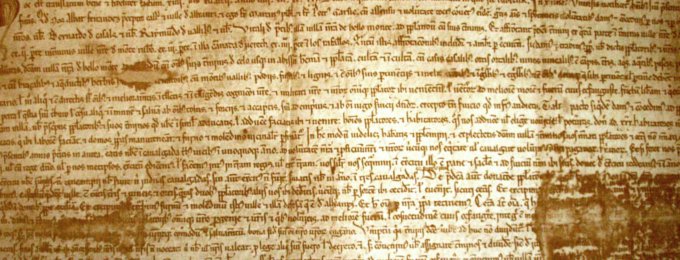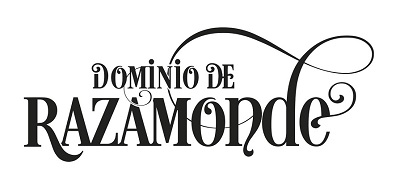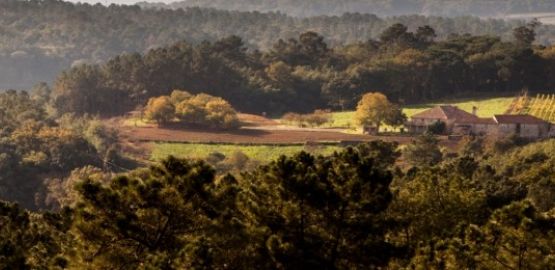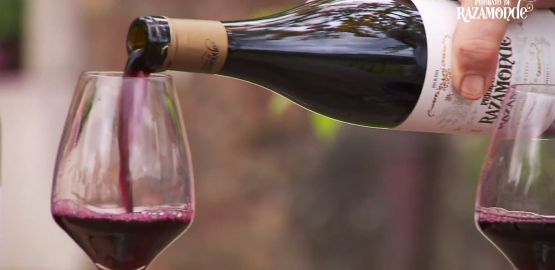
The history of Ribeiro has been linked to its wine since time immemorial. Its importance can be glimpsed by consulting the historical documents that have regulated its production and trade since the 12th century.
The Arnoia forum and Ribeiro wine
One of the oldest known vineyard forums occurred in Arnoia, near Ribadavia and is considered to date from 1116. In this document, Doña María Gómez, Abbess of the Monastery that stood in the town, writes the forum to favor of Fernán Pérez of several vineyards and lands. One of the peculiarities of this writing is that it was written in Galician and not in Latin as was customary (History of Ribadavia and its surroundings by Samuel Eiján).
The Royal Charter and Ribeiro wine
In the twelfth century, the town of Ribadavia suffered harassment from feudal lords, the Nóvoa, so its inhabitants requested royal protection. Fernando II of León, very interested in the local wine trade and who was in the castle of Allariz, granted them the royal jurisdiction in 1164 and built the church of Santa María de Oliveira. This document ordered the social, economic and judicial life of the town, protecting economic activities and regulating the tax system. Above all it legislates the first ordinances on trade and wine merchants, granting its neighbors the freedom to trade with the produce of the vineyard. This jurisdiction is a clear testimony of the importance that Ribeiro already had and how it contributed to the development of the region.
Ribadavia Tumbo and Ribeiro wine
Another notorious document is the Tumbo de las Viñas reales de Ribadavia. It is found in the Archive of the Cathedral of Orense from the Melón monastery and is made up of four parchment fragments of various sizes and sewn by string. It is a list of all the houses, vineyards and estates that the monasteries and other lords owned in Ribadavia. Although it lacks a date, it is considered to have been drawn up between 1190 and 1210, during the reign of Alfonso IX.
The Ordinances and Ribeiro wine
The Ribeiro Designation of Origin is one of the oldest in Spain, since it is protected with the publication of the Wine Statute in 1932 and which was brought into law on May 26, 1933.
However, as early as 1594, Ribeiro wine was protected by the Municipal Ordinances of Rivadavia, which determined the places and parishes that could produce and sell Ribeiro wine, the manipulations that were allowed and the sanctions for those who did not comply with the rules. These ordinances are the basis of the current regulations of the Regulatory Councils and the World Intellectual Property Organization recognizes them as the first laws to protect a geographical indication in Spanish law.
Now that you know more about Ribeiro wine (or so we hope), it's time to taste it! We make it easy for you here.




